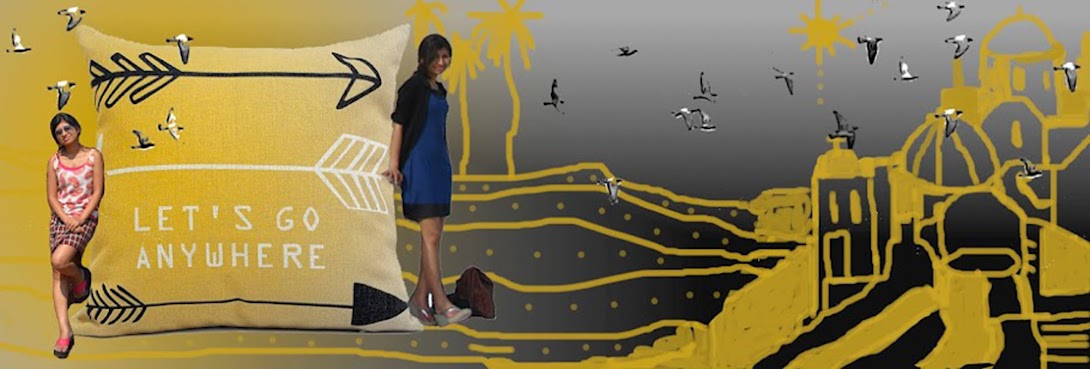I went to the Skagit tulip festival from Seattle in April 2009. It was an hour's drive and was pretty easy to get there. The tulips were still not in full bloom in some parts but what we got to see was absolutely beautiful. The tulip festival details can be found here on their official website.
The Story of Tulips:
Tulips were first discovered in Kazakhstan. There are about 35 species of Tulips that grow wild in Kazakhastan. There are over 3000 varieties and hybrids of Tulips found all across the world. When Kazakhstan was conquered by the Ottoman rulers, tulips traveled to Turkey. Eventually, it became the national flower of Turkey. From Turkey, it traveled to the Dutch land and there was a time when it was sold at the price of gold (1634-1637) in the Netherlands - it was the period called Tulip Mania.
The other famous Tulip festival venues across the world are in the:
1. Netherland: Netherlands is called the Tulip Capital of the World and every year one of the biggest Tulip festivals is organized at the Keukenhof Tulip Gardens in Amsterdam. The Dutch celebrate January 15th as National Tulip Day.
2. India: The Srinagar Tulip Gardens in India is open to public visits around March-April every year.
3. USA: Skagit, Washington, and Holland, Michigan are two of the many places in the US that celebrate Tulip fests.
4. Australia: The biggest Tulip festival in Australia is held around September / October at Teselaar, Victoria.
5. Turkey: Tulip festival is organized every year at Emigran Park, Istanbul
6. Canada: The Commissioner's Park in Ottawa holds the largest Tulip festival in the world.
7. Japan: There are many Tulip gardens across Japan. This blog has listed some of the best in Japan.
8. New Zealand: Eden Garden, Auckland, organizes one of the big Tulip fests in New Zealand
9. UK: Here is a list of Tulip gardens in the UK, many among them which hold the Tulip festival in April.
 |
| PINK TULIPS in Skagit |
 |
| DAFFODILS in Skagit |


















.jpg)





































